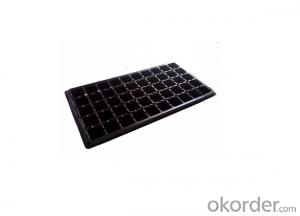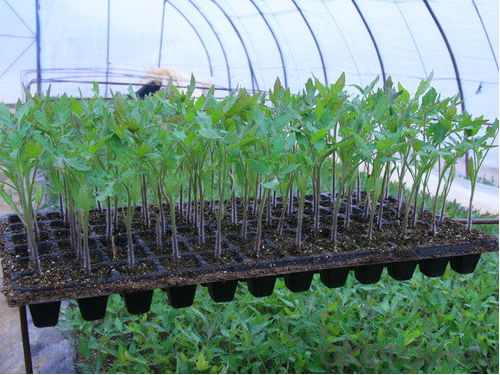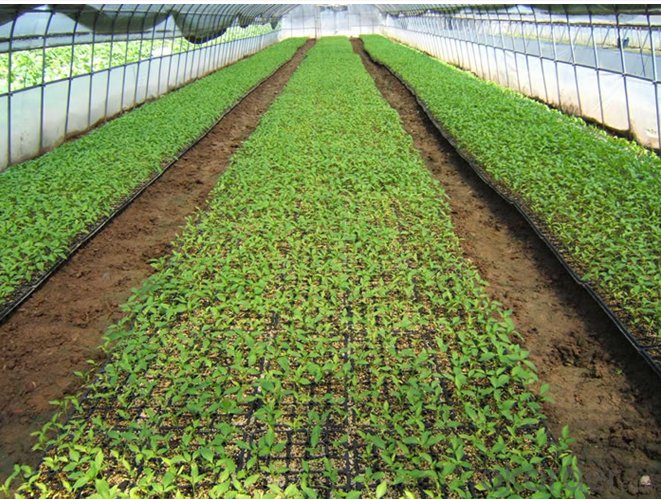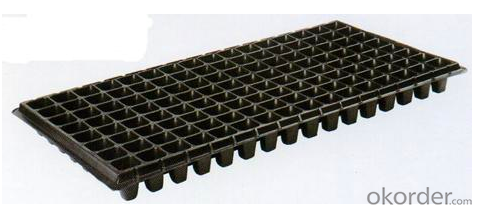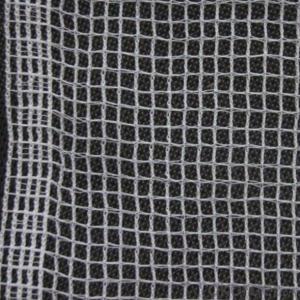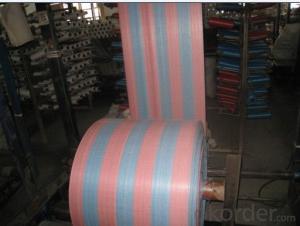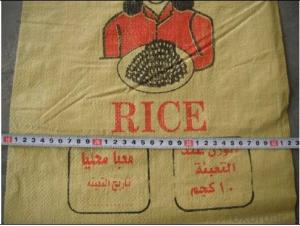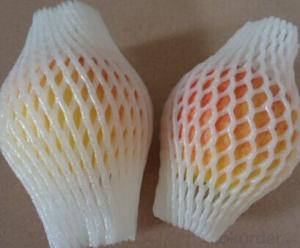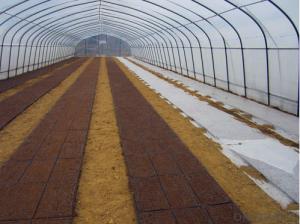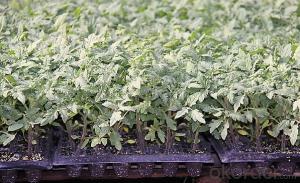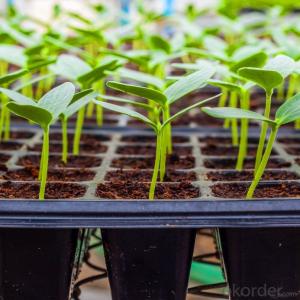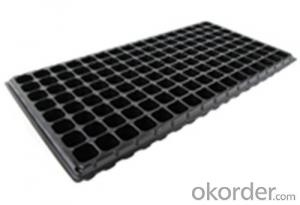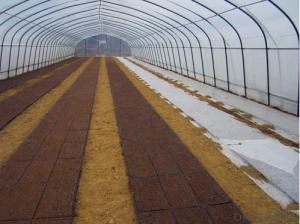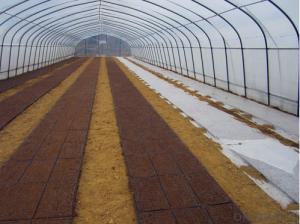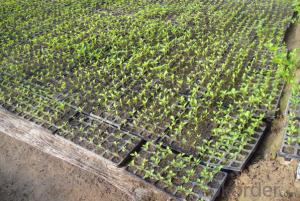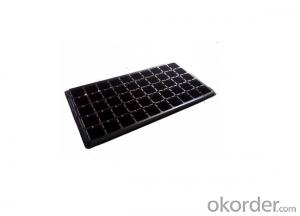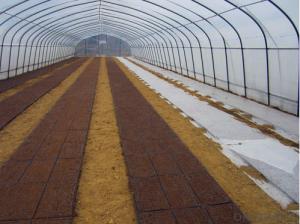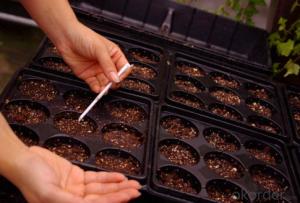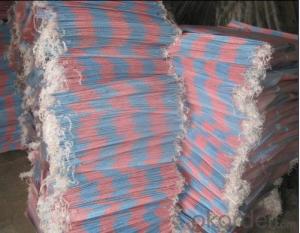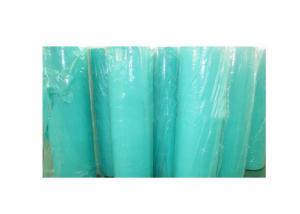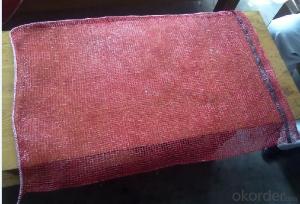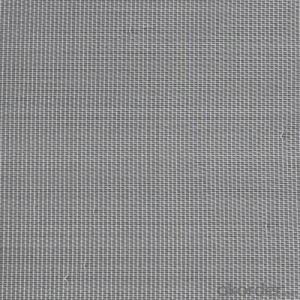Black Plastic Nursery Plug Trays Cell Seed Tray of 32 72 105 200
- Loading Port:
- China main port
- Payment Terms:
- TT OR LC
- Min Order Qty:
- 3000 pc
- Supply Capability:
- 2000000 pc/month
OKorder Service Pledge
OKorder Financial Service
You Might Also Like
Specification of Plug Trays HIPS Made Plastic Plug Tray for Greenhouse (Growing and Seedling):

Features of Plug Trays HIPS Made Plastic Plug Tray for Greenhouse (Growing and Seedling):
· Material: HIPS
· Thickness: 0.5mm-1.5mm, Standard:1mm
· Weight: 80g(±5)g-230g(±5)g, Standard weight:155g(±5)g
· Size: length:490mm-540mm, width:190mm-345mm,depth:25mm-150mm
· Standard:540mmX280mm
· Cell count: 18-512
· Package: In Carton
· Warrenty: 8-10 times
Packaging & Delivery
Packing Detail: export standard carton or large bags
Delivery time: 4 million per momth after receipt of deposit
Advantage:
Waterproof, UV-resistant, extrusion-resistant
Easy carry for young seeding plant and grow
Service:
1. Quick, efficient and professional response within 24 hours, 14 hours online services
2. 10 years manufacturing and exporting experience in agriculture field.
3. Technical support and solution by chief engineer.
4. Strict quality control system & team, high reputation in the market.
5. Full range of irrigation products for choice
6. OEM/ODM services
7. Accept sample order before Mass Order
Picture of Plug Trays HIPS Made Plastic Plug Tray for Greenhouse (Growing and Seedling):
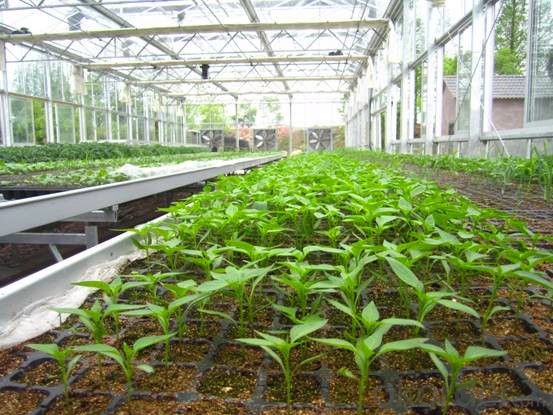
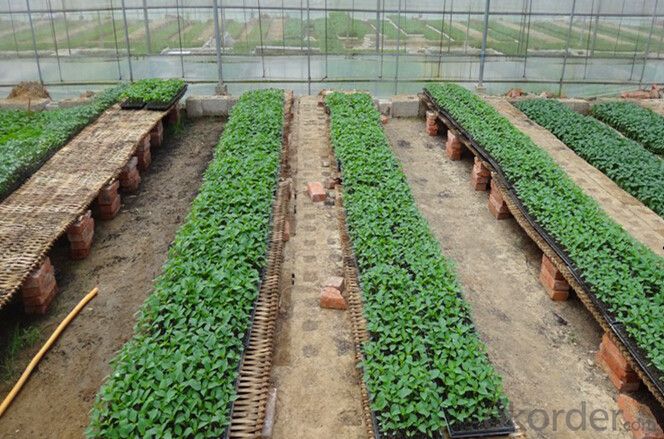
FAQ of Plug Trays HIPS Made Plastic Plug Tray for Greenhouse (Growing and Seedling):
Q: 1.How long is the production time?
A: Usually one to two weeks.
Q: 2.How is the seed tray being packaged?
A: They can be packaged in carton or pallets. Carton size is 1375px*725px*1250px.
Q:3.How many times can the seed tray be used?
A: Under the same environment, it is decided by the thickness. Usually 0.6mm thickness can be used for 1 or 2 times.
1.0 thickness can be used for 3-4 times. 1.5 thickness can be used for 8-10 times.
- Q: How can plastic films be recycled?
- The first batch of recycled plastics in general, centralized sorting, removal of foreign body, color, classification, and then into the granulator, by high temperature melting in the granulator, the nozzle, cooling, cut into pieces of particles, the particles can be used as renewable raw materials. If the plastic is dirty, you need one more cleaning and drying process.
- Q: Can ground cover plants be used to reduce soil erosion on hillsides?
- Yes, ground cover plants can be used to reduce soil erosion on hillsides. These plants help stabilize the soil by spreading their roots and forming a dense network that holds the soil in place. The plant's leaves and stems also act as a barrier, reducing the impact of rainfall and preventing the soil from being washed away.
- Q: I just bought a used 2003 CRF150F and the plastics are banged up a bit. I was wondering where I could find some new graphics or plastics. I like the stock plastics if they are for sale anywhere. I also like the Woody Woodpecker graphics. UFO plastics look good as well. Thanks.
- You okorder /
- Q: Do they dry out or does the resealable plastic bag actually work well.
- Berkley plastic worms have an oil base in them that gives off the scent that attracts bass and other fish.The oil base will not dry out like the pork rind trailers you may use.Berkley gulp will stay soft as long as you keep them bagged up for several years. If you leave them out for months in the sun or in the water,then they start to dissolve and fall apart because they are made environment friendly.
- Q: I recently took apart my ds lite. I put the screw hole covers back on with superglue (not the best idea) and it looks really bad. Is there a chemical I can put on the glue residue to make it wash away that won't harm the plastic casing? If not, is there another way of removing the residue other than just picking at it? That would take a long time, and I don't want to risk scratching the case. Thank you.
- Use very fine sand paper to smooth it down.
- Q: like ones that could be released after a time for example, a plastic drums, bags or bottles left in the water?your help would be much appreciated
- problematic stuff. look using google. this could help!
- Q: How do you install ground cover?
- To install ground cover, first prepare the soil by removing any weeds or grass and loosening it with a garden fork or tiller. Then, lay down a layer of landscape fabric to help suppress weed growth. Next, cut holes or slits in the fabric where you want to plant the ground cover. Dig a hole for each plant, ensuring it is deep enough to accommodate the roots. Gently place the ground cover plants into the holes and backfill with soil, firming it around the roots. Finally, water thoroughly and apply a layer of mulch to help retain moisture and further suppress weed growth.
- Q: How do agricultural plastic products help with seedling production?
- Agricultural plastic products help with seedling production by creating a controlled environment for the seeds and seedlings. They provide protection from extreme weather conditions, pests, and diseases, which can greatly improve germination rates and overall plant health. Additionally, plastic products like mulch films help conserve moisture in the soil, suppress weed growth, and regulate soil temperature, creating optimal conditions for seedling growth.
- Q: Which country were bio/photodegradable plastics originally made in, who first created them, and when?Thanks!
- biodegradable plastics have been around for a long time. Early plastics based on cellulose - cellulose nitrate, circa 1870 -was to some extent biodegradable. You are probably thinking of recently developed materials specifically designed to be biodegradable in a fairly short time. There is lots of information out there on these materials, so just do a Google search.
- Q: Are nursery trays suitable for growing cacti?
- Yes, nursery trays can be suitable for growing cacti. Cacti have shallow root systems and prefer well-draining soil, so nursery trays with proper drainage holes can provide the right growing conditions for cacti. Additionally, the trays can help in organizing and spacing out multiple cacti plants efficiently.
Send your message to us
Black Plastic Nursery Plug Trays Cell Seed Tray of 32 72 105 200
- Loading Port:
- China main port
- Payment Terms:
- TT OR LC
- Min Order Qty:
- 3000 pc
- Supply Capability:
- 2000000 pc/month
OKorder Service Pledge
OKorder Financial Service
Similar products
Hot products
Hot Searches
Related keywords
